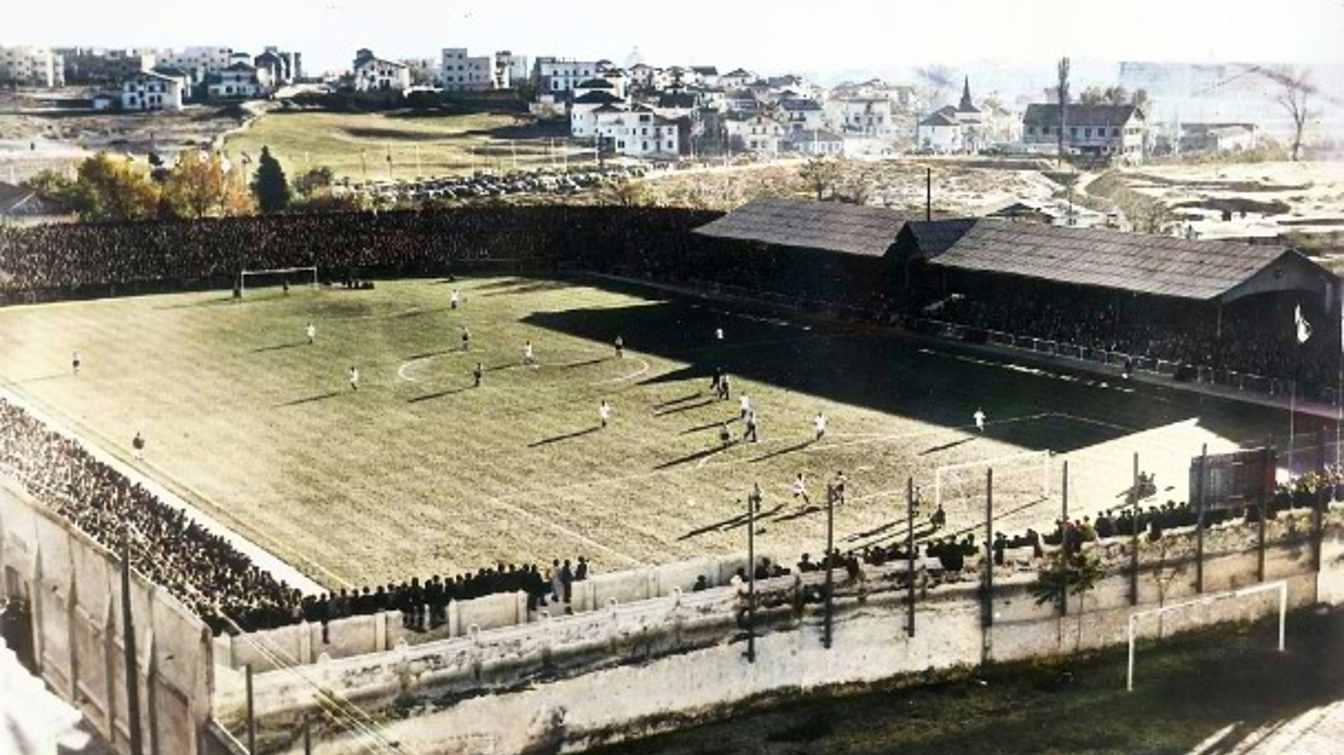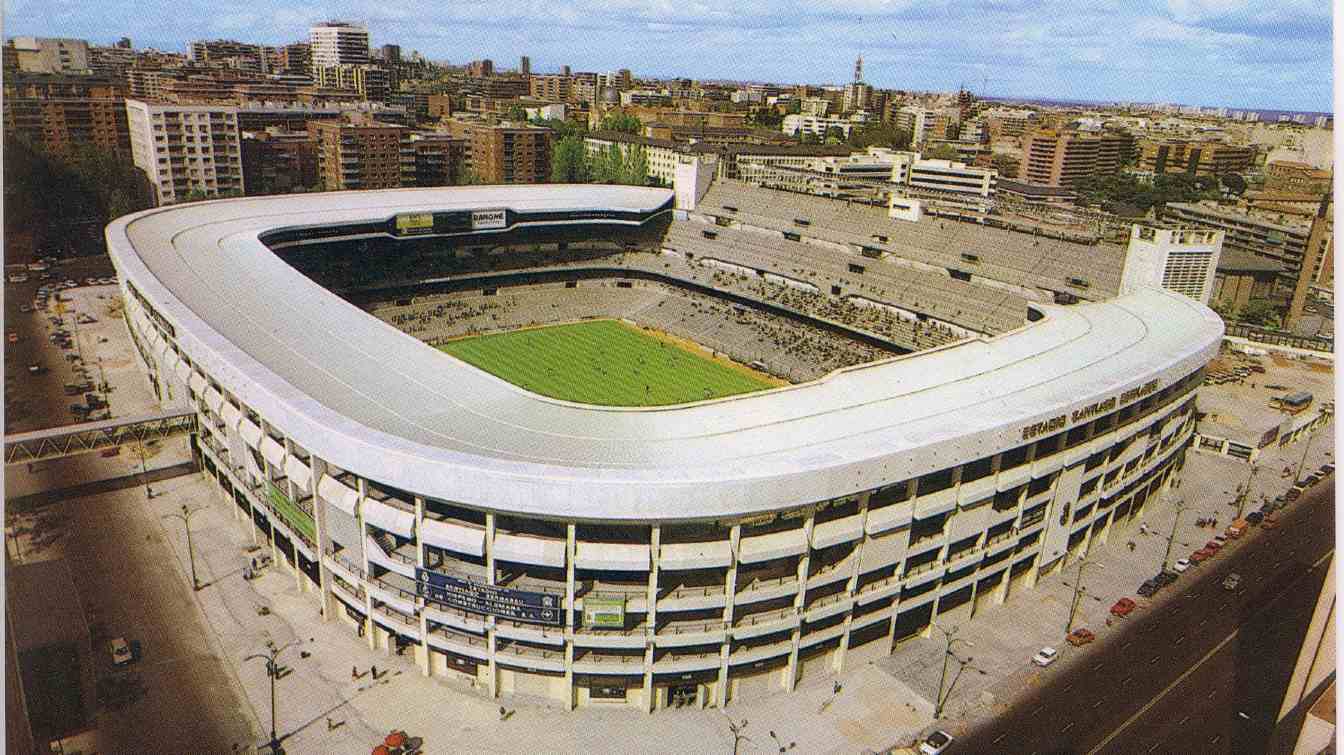Spain: 100 years since Estadio de Chamartín opened - Santiago Bernabéu's predecessor
source: StadiumDB.com; author: Kuba Kowalski
 The year 2024 marks the 100th anniversary of the opening of Estadio de Chamartín. While we admire the modern splendour of Santiago Bernabéu on a daily basis, it is worth going back in time and remembering where the biggest football club in the world grew.
The year 2024 marks the 100th anniversary of the opening of Estadio de Chamartín. While we admire the modern splendour of Santiago Bernabéu on a daily basis, it is worth going back in time and remembering where the biggest football club in the world grew.
Advertisement
Estadio de Chamartín - a new opening for Real Madrid
In 1924, Madrid was a city undergoing rapid change. Spain, although politically unstable, was developing dynamically and football was becoming increasingly popular. In this context, Real Madrid opened its new pitch, Estadio de Chamartín, on May 17, 1924. This stadium then became a symbol of the club's ambitions and aspirations.
Capable of holding 22,000 spectators in the following years, the Chamartín was one of the most modern sports facilities in Spain. The grand opening, a friendly match between Real Madrid and Newcastle United, ended in triumph for the home team with a score of 3:2, foreshadowing the club's future successes.
 Estadio de Chamartín in the beginning of its operating
Estadio de Chamartín in the beginning of its operating
The golden years of Chamartín
The 1930s and 1940s were a period of ups and downs for Real Madrid. Estadio de Chamartín witnessed many memorable moments, both triumphant and tragic. The Spanish Civil War (1936-1939) spared no one, including the club and the stadium. Chamartín suffered from the war, but the spirit of the Madrid team remained unbroken.
After the war, the stadium was rebuilt and once again became an arena for great matches. It was here, in 1943, that Real Madrid defeated FC Barcelona 11:1 in the Copa del Rey, which to this day remains one of the most incredible results in the history of El Clásico
.
A new era - the dawn of Estadio Santiago Bernabéu
In 1943, Santiago Bernabéu became president of Real Madrid. His visionary approach to managing the club ushered in a new era. He knew that for Real Madrid to become a world football powerhouse, it needed a modern stadium to match its ambitions.
Under his leadership, the construction of the new facility began. In 1947, Estadio Santiago Bernabéu was opened on the site of the old Chamartín. The new stadium could hold 75,000 spectators and quickly became an icon not only in Spain, but worldwide. Its monumental structure and modern facilities made it one of the most important football venues.
 Estadio Santiago Bernabéu in 1982
Estadio Santiago Bernabéu in 1982
Bernabéu - the youngest child of Florentino Pérez
Since its opening, Santiago Bernabéu has witnessed countless triumphs for Real Madrid. Dozens of league titles, national and European cups and countless other victorious matches have all taken place in front of hundreds of thousands of fans in this very stadium.
Today, thanks to one of the biggest upgrades in the history of stadiums around the world, the Bernabéu is still at the forefront of sports facilities. Modern technology and comfort for spectators combine here with the rich history and tradition that can still be felt inside the stadium. With countless events hosted at the Bernabéu going beyond sport, the question must be asked: has Florentino Pérez revolutionised the way we look at the stadium and outsmarted state-run clubs - Manchester City and PSG?
 Design of Estadio Santiago Bernabéu
Design of Estadio Santiago Bernabéu
Advertisement
 StadiumDB
StadiumDB